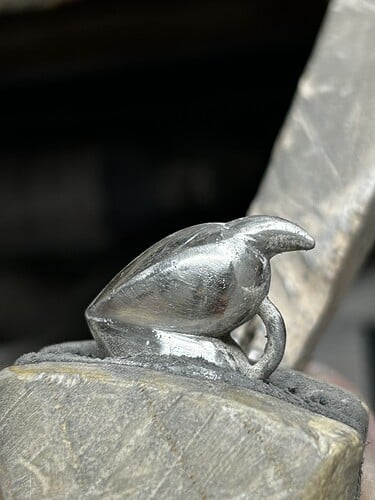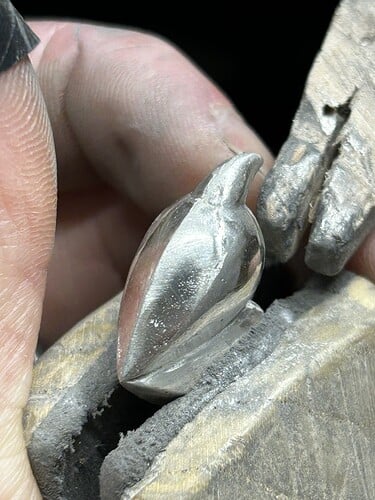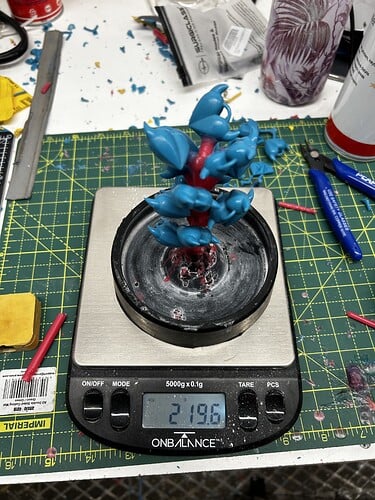Any help much appreciated! It seems when I cast heavier pieces I seem to get lots of tiny bubbles on and under the surface of the metal which are super fiddly and annoying to get rid of through a series of burnishing and sanding. Any tips of how I can prevent getting this kind of porosity in future castings?
I use a Kaya Cast vacuum setup with an electromelt furnace, casting metal at 970 centigrade, flask at 600 centigrade
FYI also My workshop is not warm.
Any advice much appreciated thank you! I’ve attached some images below
1 Like
Make sure you search and read the previous threads on this subject as this is a common issue (I have struggled myself!!!)
I’m in an ice storm so I can’t focus enough to be particularly helpful myself until this passes.
The challenge with answering your question is that the porosity could have many causes or even multiple causes at the same time.
First, thicker castings are prone to surface porosity. It can just be part of the process. I know a jeweler who assumes that whenever he casts a thicker 18kt gold ring that he needs to plan on spending a bit of extra time on finishing. He accepts porosity as an issue and works with it.
Some of the potential causes, could be dirty waxes, casting scrap metal with solder, investment not mixed properly (most investment suppliers say that thicker casting require thicker investment), not using debubblizer on waxes before investing, burning out too quickly or too hot, casting when the flask hasn’t been cooled to proper temperature, overheating or underrating the metal, quenching too quickly after casting.
My advice is what a lot of folks here say to do. Try methodically changing things in your casting process and just cast one object at a time.
Here is my most common burnout sequence (you can change them to C) I change this as needed, but it’s my baseline. It’s based on what the folks at Kerr recommended to me many years ago. It’s very close to what Ransom and Randolph recommends. Kerr quit supplying the jewelry industry and now I use Ransom and Randolph UltraVest
1-2 hours 300 F
1-2 hours 700 F
1-2 hours 1300 F
Cool down at least 1 hour to 900F
I don’t know what kind of investment that you’re using, but here’s mixing/burnout instructions of Ransom and Randolph UltraVest. There’s a pile of info here to experiment and play with.
Best of luck!!
Jeff
1 Like
Not familiar with your casting machine.
First thing I’d try is fewer patterns, thicker spruces, and enough metal to produce a large button (the metal left in the sprue “well” after casting.)
A little longer time elapse after casting may help.


